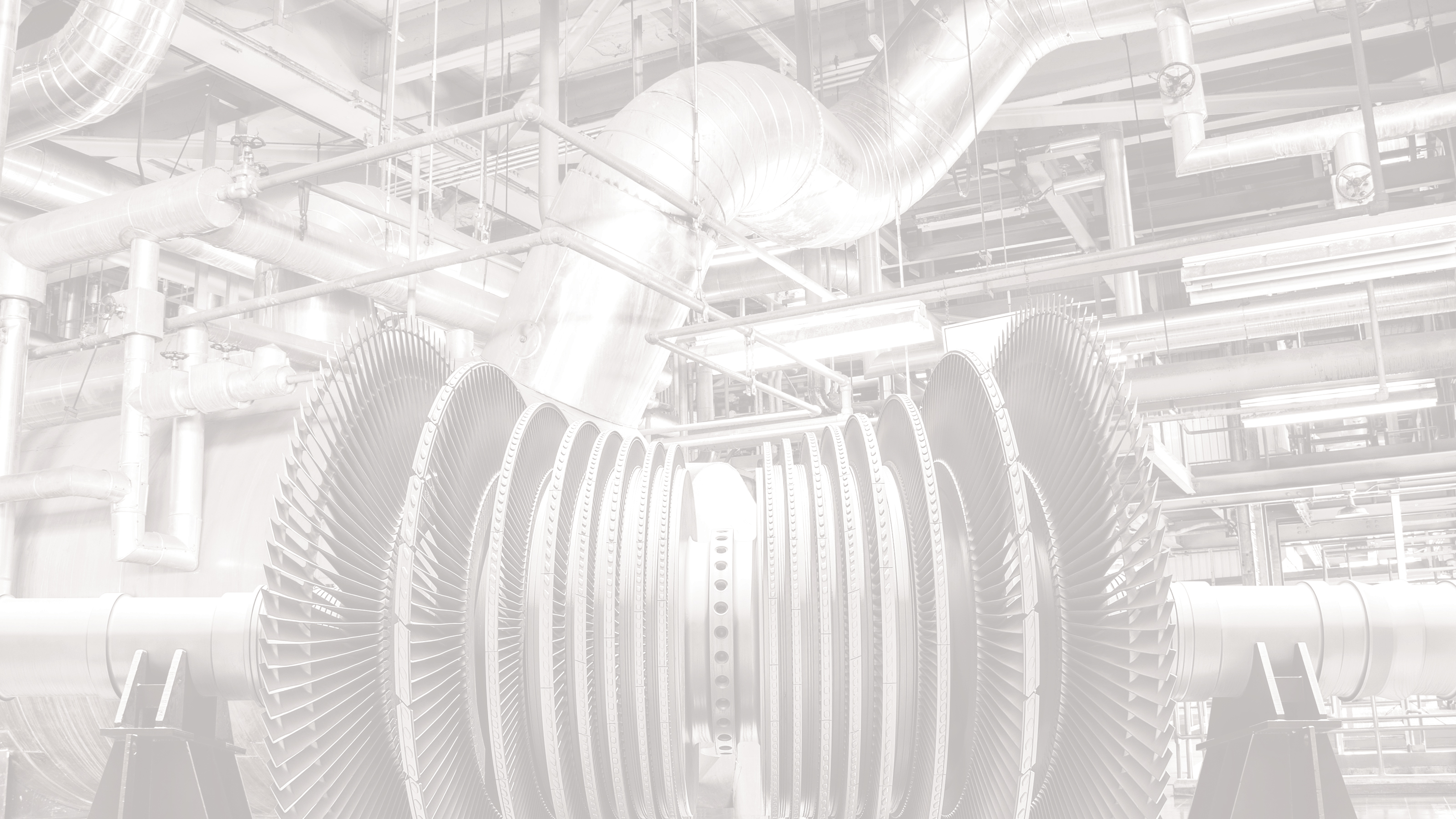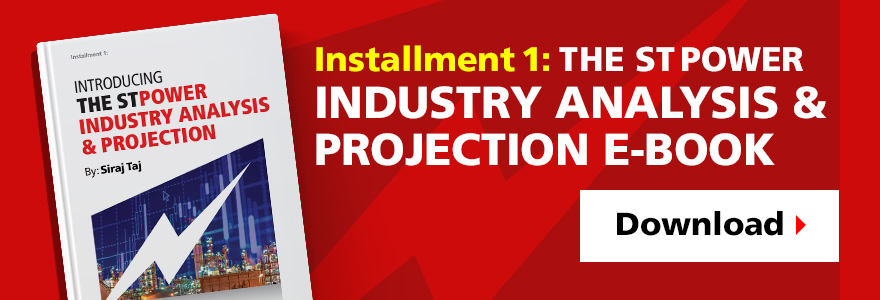Decarbonization, renewables, smart grid technologies, centralized vs. decentralized generation, market demand for reliable, efficient, and cleaner energy …
All have created difficult conditions for power plants to remain competitive and profitable.The daunting challenge for plant owners is to maintain the viability of their power generating assets, particularly the Combined Cycle Power Plants, to competitively respond to shifting market demand and continue to create stakeholder value.
A competitive viability of an asset is measured in terms of its Availability, Reliability, and flexibility to meet the demand. In other words, how long does it take for a combined cycle plant to reach the demand load from the moment the ISO (Independent System Operator) dispatches it.
The answer lies in commercial and operational performance of the asset. The commercial performance commits the asset Availability to the market, and operational performance fulfills that commitment by meeting the energy demand at the least cost. Furthermore, owners are constantly looking for ways to improve the overall performance of their assets to generate few extra MW while burning less fuel. In other words, higher output, and better heat rate.
There are 2 ways to achieve higher operational performance;
- Robust maintenance program based on CBM
- Smart and pragmatic asset performance strategy
What’s a smart asset?
We understand that the power industry is collecting less than 2% of potential data generated by a typical plant and large volume of data is essentially ignored. This is important because this data can be leveraged to create a predictive maintenance strategy, also called a CBM strategy.
If you’re not collecting plant data and leveraging it to increase plant performance, you are not utilizing the asset to its full potential of productivity and profitability. That’s just more or less a fact.
Your analyzed data tells a story about the health of your asset, and guides you in your technical and therefore commercial decision making. It can also lead to deferred costs and improved cash flow. With this in mind, why wouldn’t you be taking a closer look at your power plant data and using it to empower greater profitability and ROI?
Smart assets literally have the ability to report back to you about what needs fixing, why, and generally by when. However, if you ignore this information your plant can have higher downtime, leaving you unavailable to the market. Translation? You’re losing money. And depending on your commitments, and the current market conditions, you could be losing a lot of it.
But what about my OEM’s maintenance recommendations?
OEM recommendations are generally predefined, and don’t take the actual health of your asset into consideration. OEM’s also tend to protect their own interests above those of plant owners. For the OEM, parts replacement is a standard, costly response when a less costly repair could be healthier for the overall performance and profitability of the power plant.
CBM. The Solution.
What does CBM stand for? Condition based maintenance.
When should I employ a CBM approach to my power plant?
- Once you’ve come up with an APM strategy, and you’re sticking to it.
- You’re collecting and analyzing total plant operation data, i.e. OH, EOH, starts, trips, power output, heat rate, fuel distribution, water consumption, pressures, temperatures, etc. to determine the likelihood of component failure.
- Your Asset Manager is helping you leverage the data your smart assets are providing.
- You’ve created a baseline lifecycle cost of your existing MMP.
- You’ve examined your existing MMP relative to outage execution services, capital parts exchange scenarios, structural component provisions and your existing MMP scope, term, termination options and extra work provisions.
Now what?
Employ a CBM strategy. Now you’re able to plan maintenance outage, make pragmatic repairs or replacements based on asset health and avoid unplanned outages. And since you’ve taken the control of operating and maintaining plant at your power plant, you can operate the asset to its full potential and increase profitability through;
- Optimized assets,
- Predictable, optimized maintenance costs,
- Speedy access to parts and services for planned and unplanned maintenance
- Reduced risk of prolonged maintenance outage, and market unavailability.
To learn more about how to leverage CBM for improved operational performance, greater reliability, predictability, and ROI check out ST Power Services’ freshly launched Major Maintenance Program.


